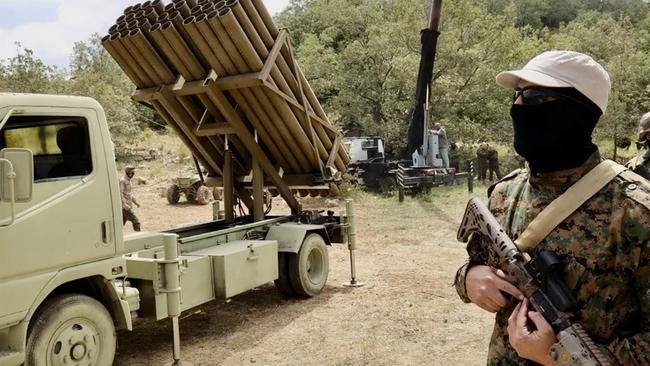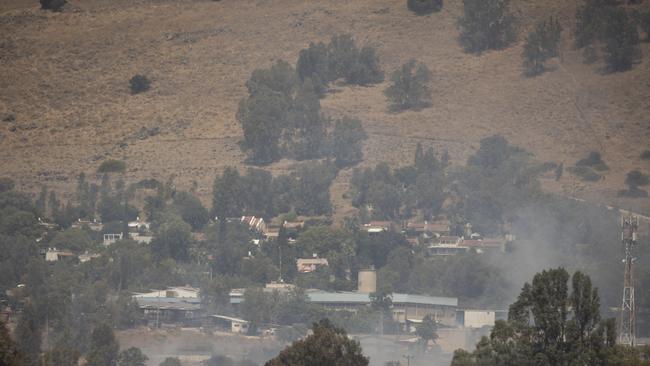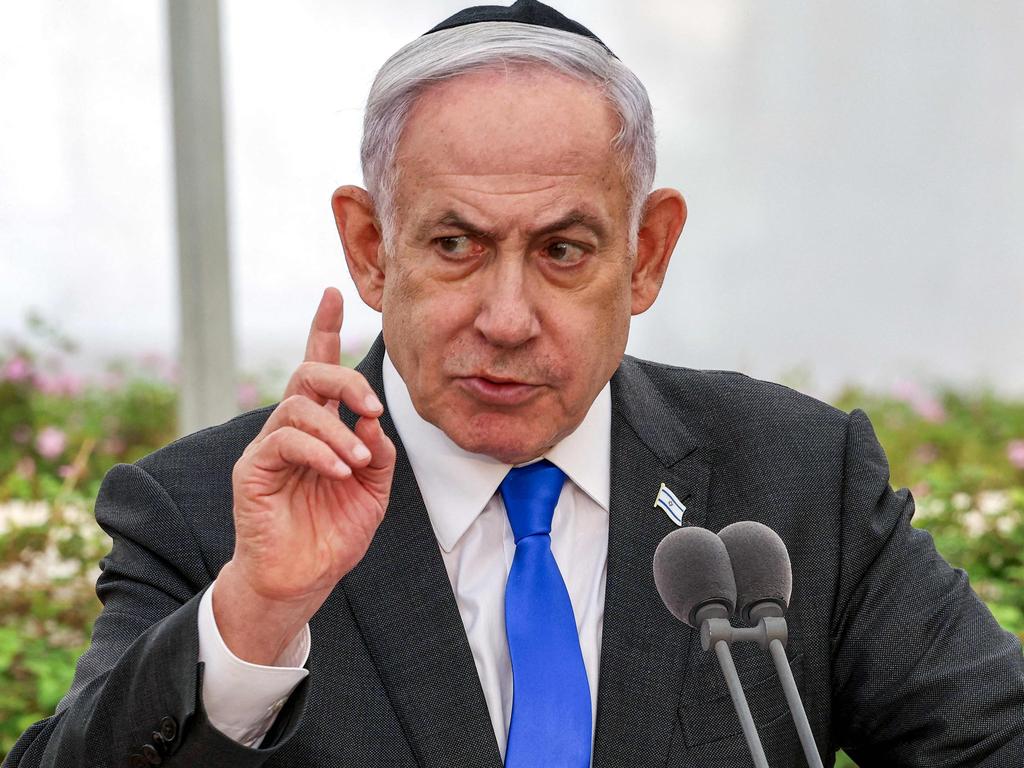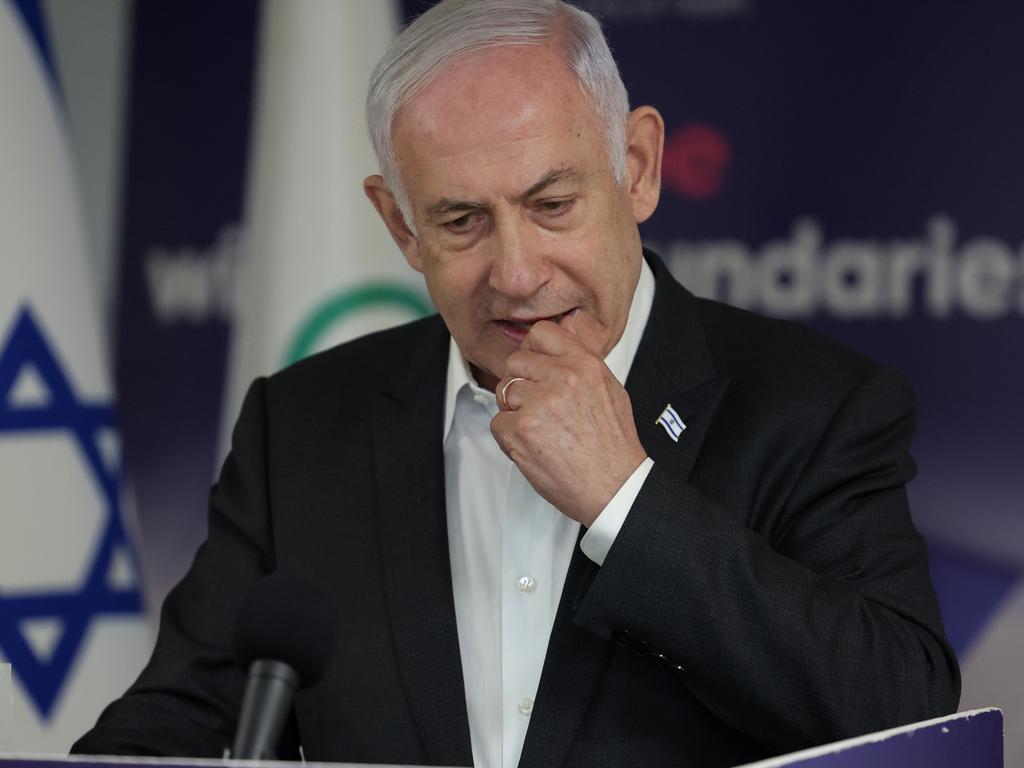Weapons cache shows Hezbollah’s military power
Lebanon’s Iran-backed militant group is drawing on a powerful arsenal since it began exchanging fire with Israel in support of Hamas.

Lebanon’s Iran-backed Hezbollah militant group has been drawing on a powerful arsenal since it began exchanging fire with Israel in support of its Palestinian ally Hamas more than eight months ago.
As fears of a regional war rise after Hezbollah leader Hassan Nasrallah said none of Israel would be spared in a full-blown conflict – and after Israel said it had approved plans for a Lebanon offensive – a report looks at the Shiite Muslim movement’s weapons cache:
Rockets and missiles
Hezbollah, the only Lebanese faction to have retained its weapons after the country’s 1975-1990 civil war, last went to war with Israel in 2006.
Since then, it “has robustly expanded the size and the quality of its arsenal”, said Dina Arakji, an associate analyst at Control Risks consultancy.
“The group in 2006 reportedly had about 15,000 rockets, while unofficial estimates in recent years suggest that this number has multiplied by almost 10 times,” she said.
The movement has “reportedly acquired more advanced weaponry, particularly precision-guided missiles”, she said.
“Hezbollah is unlikely to have used its most sophisticated weaponry yet,” she added.
Military analyst and retired Lebanese army general Khalil Helou said Hezbollah has Iranian ballistic missiles that it has yet to use.
Those included the Fateh 110, a precision-guided missile with a range of around 300km, more than sufficient to reach Tel Aviv and Jerusalem from within Lebanon.

Drones
In recent months, Hezbollah has been launching drones towards targets in northern Israel, mostly close to the border.
But in May, it launched attack drones at a military base near the northern town of Tiberias, around 30km inside Israel.
Nasrallah has said local production had contributed to his group’s large drone stockpile.
“Kamikaze drones give a tactical advantage due to their high level of autonomy and have the ability to be launched from anywhere,” said Arakji, noting they were inexpensive single-use weapons.
Helou said Hezbollah also had Shahed 136 attack drones and other Iranian unmanned aerial vehicles, some “with double guidance – electro-optical and GPS”.
Targets at sea
Nasrallah said on Wednesday that in an all-out war, Israel must expect “us on land, by sea and by air”.
All of Israel’s coasts, “all its ports, all its boats and ships” would be affected, he said.
Helou said Hezbollah had Russian anti-ship Yakhnot missiles with a range of 300km, and Chinese-made Silkworm missiles.
Those two weapons, “which are very precise and extremely fast, could be used against targets at sea, including drilling platforms”, Helou said.
“In the case of all-out war, the party could go for strategic targets such as the port of Haifa” in northern Israel, and offshore oil and gas infrastructure, he added.
Air defences
This year, Hezbollah has announced it has downed several Israeli Hermes 450 and Hermes 900 drones with surface-to-air missiles, and has said it has used the weapons to target Israeli warplanes.
On Thursday, Israel said its fighter jets struck “a Hezbollah surface-to-air missile launcher that posed a threat to aircraft operating over Lebanon”.
Helou said Israeli aircraft have flown at low altitudes in recent weeks in an attempt to detect anti-aircraft missiles that could be used against their drones or planes.
But “it’s not just about having anti-aircraft missiles – you have to know how to use them effectively,” he said.
Arakji noted that “anti-aircraft missiles can put pressure on Israel’s multi-tier air defence system”.
“While the missiles do not significantly challenge Israel’s air supremacy,” she added, they will require the Israeli army “to adjust its mode of operations”.

Fighters
Nasrallah said on Wednesday that the number of fighters his group could count on “greatly exceeded” 100,000.
He said his group had turned down offers from allies in Syria, Iraq, Yemen and Iran to send fighters.
Helou said that Hezbollah could probably “mobilise more than 100,000 men, counting reservists”.
However, he noted “that doesn’t mean they are all ready and trained for fighting”.
Tunnels
Experts have said Hezbollah likely has an extensive network of underground tunnels in south Lebanon, as well as in the eastern Bekaa valley, near the border with Syria.
Helou said Hezbollah was “prepared for a war of attrition according to the same model as Hamas”.
“Its leaders will be unreachable to Israeli aircraft, as they will be underground,” he said.







To join the conversation, please log in. Don't have an account? Register
Join the conversation, you are commenting as Logout